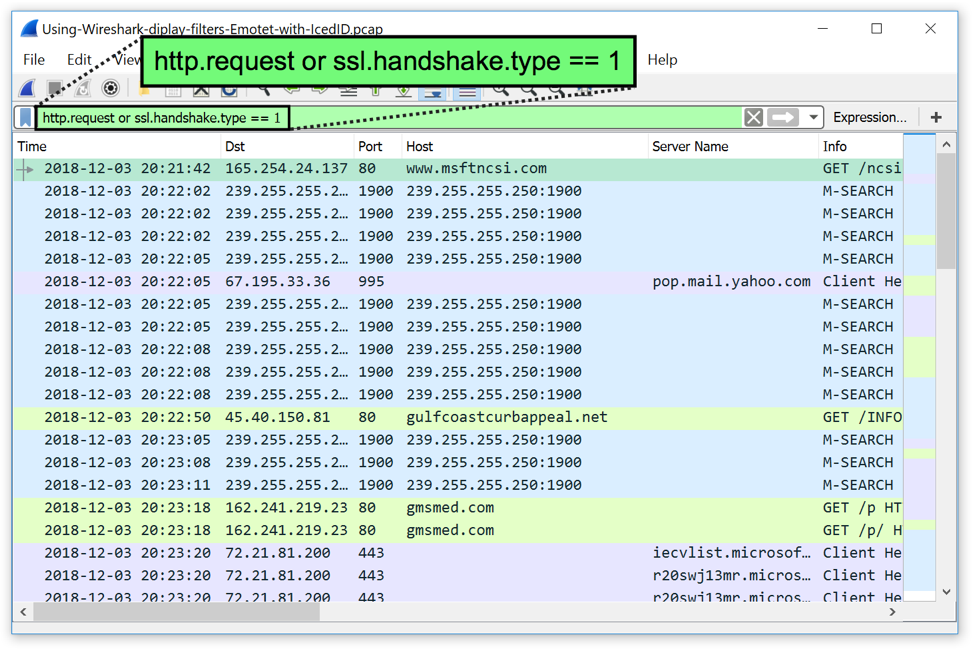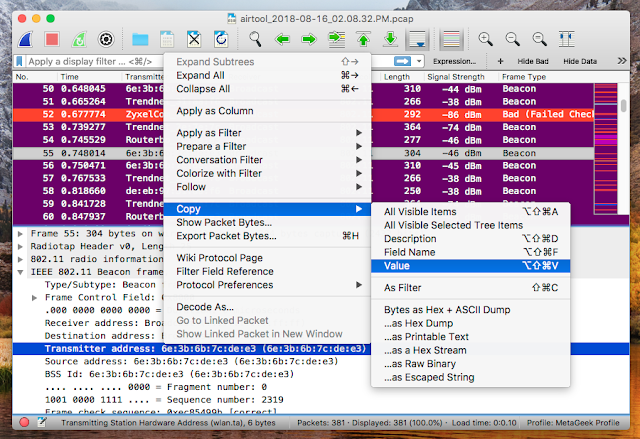



This paper was designed to provide Intranet traffic monitoring by sniffing the packets at the local Area Network (LAN) server end to provide security and control. The results of the tests conducted show that the use of jumbo frames using a proxy is less effective, even though it produces a larger throughput when using the MTU 4000, but there is fragmentation in the packet passing through the proxy because the packet passing through the proxy is split into 1500 byte sizes. Three parameters have been used in this test, such as maximum transfer unit (MTU) 1500 bytes, MTU 400 bytes and MTU 9000 bytes. The first test through three routers without tunnel connection is carried out as the first scenario to compare performance with tunnel-based testing. Then each computer device sends traffic data to each other using a traffic-generator application. In this works, a connection between computer devices connected by three proxy routers are made, with different IPv6 segments on each port. To mitigated, testing with a wider platform is recommended, a medium-scale network connection is proposed such as metropolitan area networks. The ability to filter capture data in Wireshark is important.The validation and accuracy of internet protocol version 6 (IPv6) performance using jumbo frames is still not perfect, due to peer-to-peer connections testing within the same operating system and between operating systems. Unless you’re using a capture filter, Wireshark captures all traffic on the interface you selected when you opened the application. This amounts to a lot of data that would be impractical to sort through without a filter.įortunately, filters are part of the core functionality of Wireshark and the filter options are numerous. One of the most common, and important, filters to use and know is the IP address filter. With Wireshark we can filter by IP in several ways. We can filter to show only packets to a specific destination IP, from a specific source IP, and even to and from an entire subnet. Use the following display filter to show all packets that contain the specific IP in either or both the source and destination columns: ip.addr = 192.168.2.11 Related: Wireshark User Interface (GUI) Overview Filtering Specific IP in Wireshark It’s also possible to filter out packets to and from IPs and subnets.īeyond that, you can use IP filters as both capture filters (only capture packets based on the filter) and display filters (filter the display of captured packets).


 0 kommentar(er)
0 kommentar(er)
